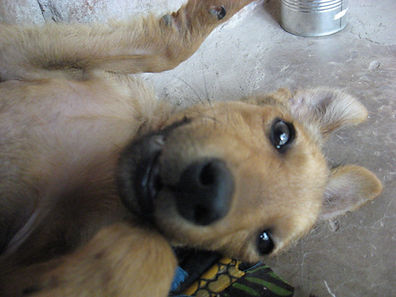
MEET JAZZY
_JPG.jpg)
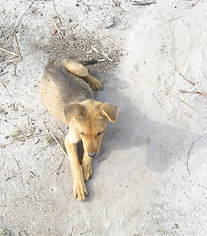
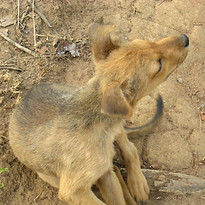
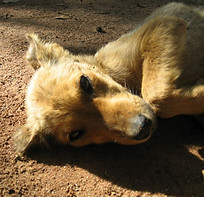
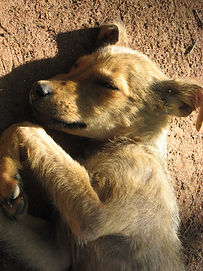
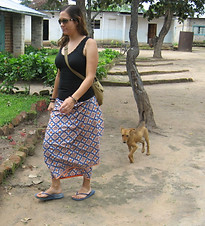
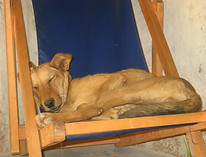
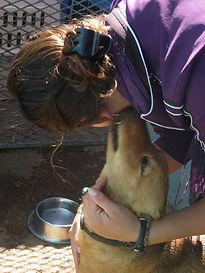

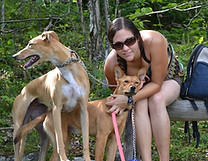
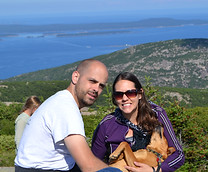
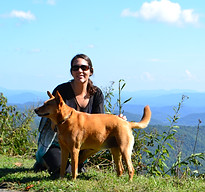
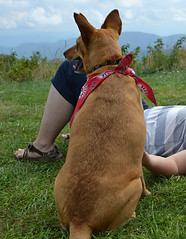
This is our Zambian Ambassador. So often this funny looking little dog provides the opening to talk with people about our work in Zambia. What starts as a look in the eyes from a cute inquisitive puppy face and questions like “Oh! What breed is she?” turns into an in-depth conversation about children and education needs in Zambia. All the while Jazzy soaks up the attention and ear scratches.
I met Jazzy at a friend and fellow Peace Corps volunteer’s site while serving in Zambia. Jazzy was a tiny, round bellied, scruffy, skittish, little stray puppy. She didn’t look to be old enough to be away from her mother but was on her own. My friend was kind enough to start caring for the little dog and gave her a name she thought went with her spunky little attitude. She had already inherited a dog at her site from a past volunteer and was finding it difficult to feed both herself and two dogs on our small living allowance. She was trying to find someone to take Jazzy. I didn’t want to get attached to a dog because I knew it would break my heart to leave it behind after service. But, something about her touched me. I could see the benefits of a dog for companionship and protection back at site. It might have been tough at the time to envision it by looking at that tiny puppy, but I saw my future buddy. I told myself that if Jazzy was still around and hadn’t run away by the time we volunteers returned from our training in the capital of Lusaka, I’d take her to my site. When we returned almost three weeks later, we were greeted by Blue, the resident Zambian dog, and Jazzy, both wagging their tails happy to see us. Now that my dog ownership fate was sealed, we headed on the half-day trip to my site the following day. I borrowed a small plastic carrier, about the size of a picnic basket, from my friend and hitched a ride with a truck. The first leg of the journey was a bone rattling, dusty, dirt road about 20 miles to the turn off with the Great North road. To my surprise, Jazzy slept quietly in her little carrier the entire ride, lulled into slumber by the noise and motion of the truck. Once we reached the paved road, it was another hitch hike and then a 6-mile bike ride with her strapped to the back of my bicycle. We were finally home!
Jazzy grew into one of the healthiest looking and most loyal dogs in the village. At times when I had to leave the village for trainings or for grocery trips, I would have to trick Jazzy or ask a member of my Zambia family to hold her. This way I could bike away without her following me. Each time I would promise her I would come back but that did little to calm her from thinking she may never see me again. Members of the community would tell me that while I was gone, Jazzy would check out all our spots such as the health clinic, the orphanage, and the grade school. Each time I returned however, Jazzy was curled up on the fabric mat I placed outside the door of my grass roofed hut. As I came biking down the lane, I’d call to her and she would leap and then belly crawl to me, rolling in the dirt excitedly while I patted and spoke in my best baby talk voice as all dog lovers do.
When it came time to return home from Zambia I knew I needed to bring Jazzy with me. More so than the sadness I would feel if I left her behind, I couldn’t stand the thought of Jazzy being heart broken to see me go. I hadn’t quite figured out how I was going to do it, but I was determined that with every leg of the journey home, I would keep Jazzy with me. I figured if I didn’t let go of her, they couldn’t separate us. After doing a little research, I reached out to a veterinarian in the capital, Lusaka, where I would be ending my service and flying home from. She reassured me she would help get the paperwork and crate I needed as well as the vaccines and medical checkup that would allow Jazzy to come to America. First, what I needed to do was get her the 5 hours it took to the city. Thankfully, a friend from the Green Living Movement was in the area checking on a project and agreed to drive us to Lusaka and directly to the vet. We reached the vet well after dark and dropped Jazzy off. I knew she was scared but I tried to reassure her that this was a step in the process of getting her home. I was worried that she might not behave for the vet or that she wouldn’t pass her medical exams, but I knew she was in good hands. Luckily for us, the time it took for Jazzy to be cleared for takeoff was the same for me. We both had a round of health tests and paperwork. I had the tougher side of the deal, writing my Peace Corps reports while Jazzy stayed at the vet having someone else do the leg work, eating real dog food and gaining weight. During that short span, I set up a fundraiser page and spread the word of my fight to bring Jazzy home. Luckily, my friends and family donated along with complete strangers to help me reach my goal and buy a plane ticket for her. On the night of July 16th, 2013, thanks to another Zambian friend who had a car, I dropped Jazzy off at the loading dock for the plane and watched her carrier get tagged and zip tied closed. Then they whisked her away and we were about to embark on the 15-hour flight back to America. Due to restrictions for animals, while I continued to America after a layover, Jazzy had to spend the night in Amsterdam and continue the next day. I was to meet my family in Boston and then pick up Jazzy the next day. However, because of the record heat that summer, when we arrived at the airport Jazzy was not there. At the cargo office of Logan Airport, we were told the tarmac was too hot to bring in a live animal. In case de-boarding was delayed or Jazzy was stuck in her crate too long, the airport couldn’t risk her safety on such a hot day. So, we waited until the next day. We came back into Boston, back to the cargo office and asked if she was on the plane. She was, and she was being brought outside the office. All kinds of things went through my head like, will she be sick or injured being flown halfway around the world, or will she hate me for putting her through it? We cut the zip ties and Jazzy walked out into the blazing summer sun of Boston airport. Tail wagging, she looked at me as if to say, “Oh, there you are, I knew I would see you again”. She was calm, collected and instantly took to my then boyfriend, now husband and Build a School co-founder, Tom. On that day, our little family grew by one big eared, curly tailed, stocky little fur baby.
It’s now been over 9 years and Jazzy is healthy and happy in the US. She has climbed mountains, been on road trips, gone boating (with a doggy life vest of course), and come with us on our recent move from Maine to Asheville, NC. She continues to be a topic of discussion and a link to talking about Build a School. On subsequent trips to Zambia, community members have asked me “How’s Jazz?” This little dog has made an impression on many people and she has made a profound impact on me. She has done more to help build understanding between two immensely diverse countries than most and has earned her claim as Build a School’s Zambian-American Ambassador.
Build a School Founder - Bri Harriman
